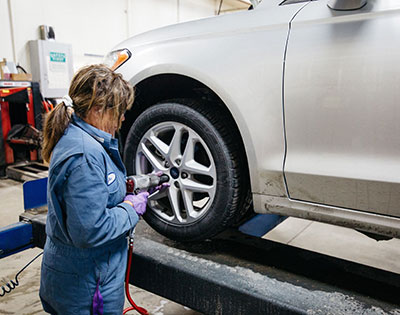
State departments of transportation face a variety of challenges with recruitment and retention of staff. The transportation workforce is older than the national average with a significant portion of staff eligible to retire. New technologies and evolving agency mandates are also changing the nature of work and the type of skillsets required by personnel, intensifying competition with private industry for in-demand workers. Recruitment and retention challenges are likely exacerbated by tight labor markets in rural states like Montana. The Montana Department of Transportation (MDT) will want to implement evidence-based strategies to successfully compete for qualified workers.
The proposed research will assist MDT in developing strategies to make the agency an employer of choice. The focus of the research will be in assessing three primary areas related to workforce development: 1. Characterize Leadership Motivation and Goals. How does MDT leadership formulate its workforce development goals and motivations and how are they communicated and operationalized through internal and external communications, policies, and practices? Are current approaches effective in achieving goals? The research will review agency communications, strategic plans, and other documentation in conjunction with staff interviews to identify existing attitudes, accountability measures, programs, and organizational structures in place to advance human resource goals as well as to identify challenges or barriers. 2. Workplace Culture Assessment. The project will develop and distribute a survey about workplace culture to MDT employees. The researchers will work with MDT Human Resources staff to ensure that the survey includes relevant demographic classifications and follows agency protocols. The survey will be augmented by in-depth interviews with staff from a variety of occupational groupings, career stages, and departments/divisions within the agency. The purpose of the climate assessment is to assess employee engagement and to identify any issues that exist about how employees perceive their workplace environment.
For more information, please send an email to
